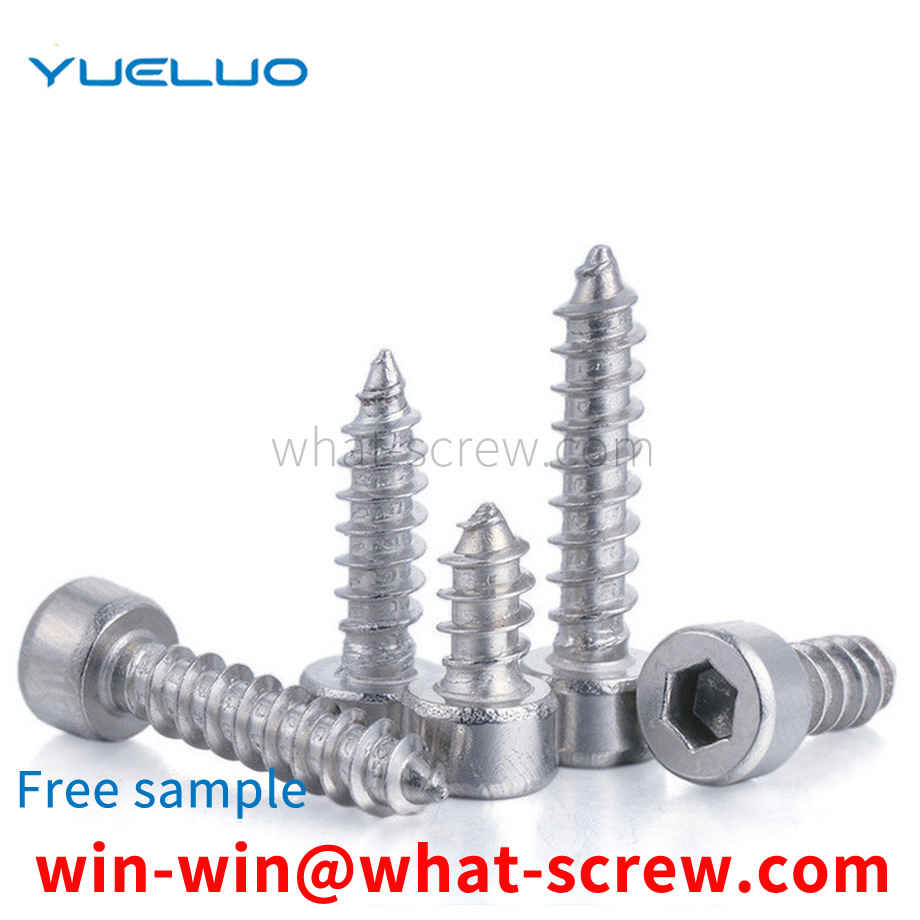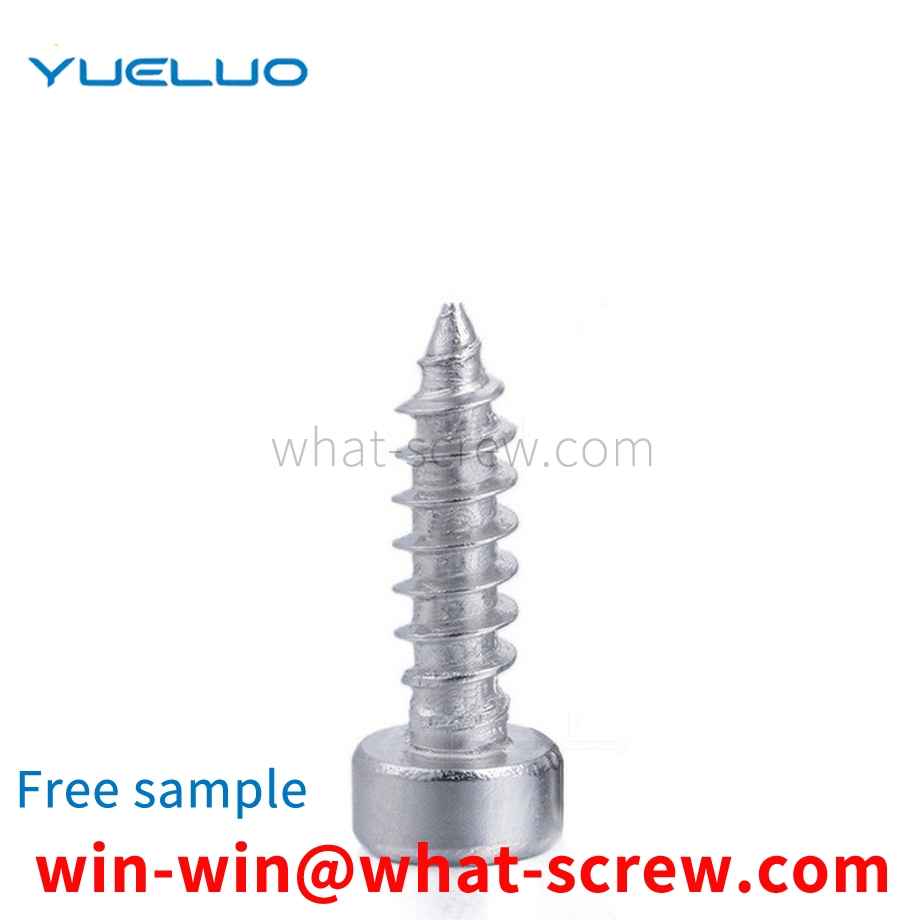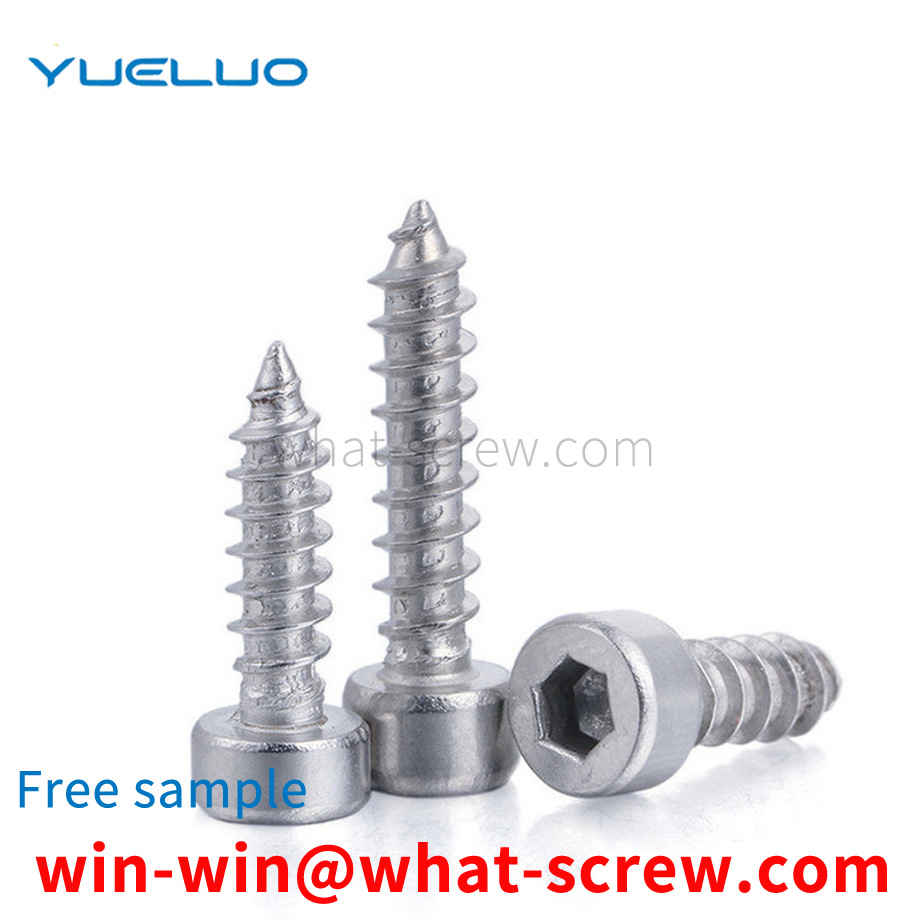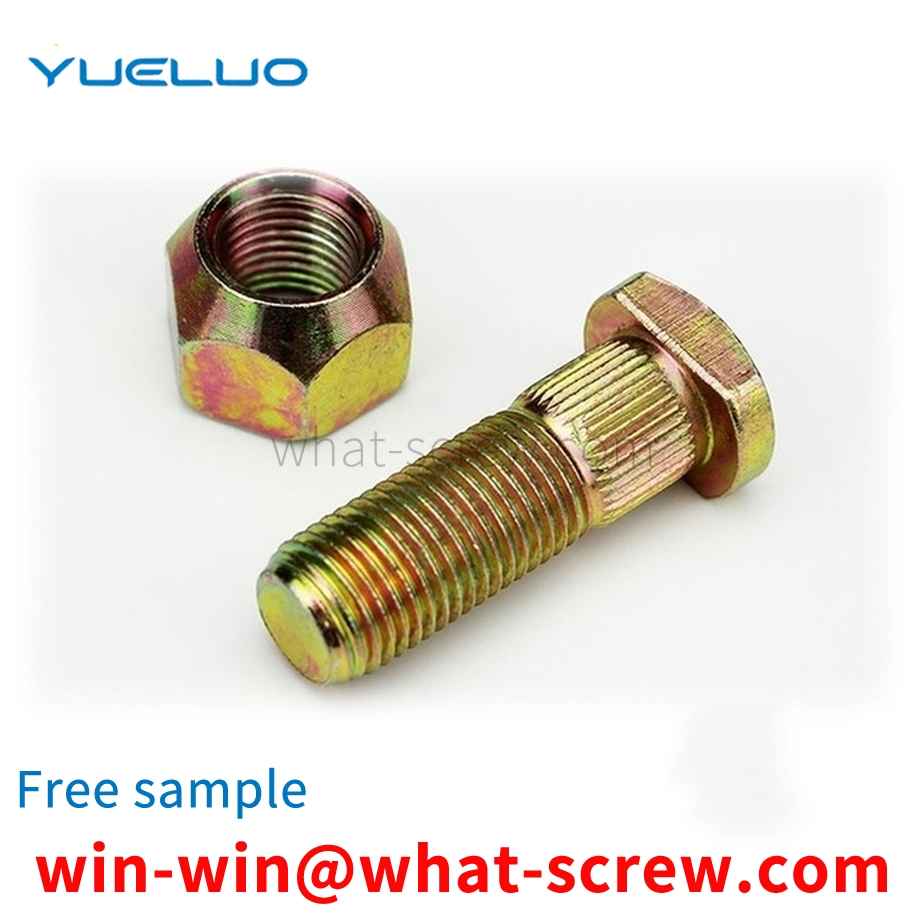What is the tolerance range of precision screws?
What is the tolerance range of precision screws?
Service Hotline
+86760-8787 8587We have more than ten years of experience in screw industry production, the main products are: iron white zinc rivets, carbon steel hexagon head with intermediate nuts, Dongguan Yueluo, round head bolts, knurled non-standard fasteners, multi-tooth K-shaped teeth Nut, Flat Head Knurled Female Thumb Nut, Blue Plated Pin, Natural Solid Rivet, Engineering Construction Screw, Butt Screw Nickel Plated Locking Screw Rivet, Shoulder Screw, Lead Screw, Large Flat Head Screw, Flat Tail Machine Screw Other fasteners, due to the different materials and specifications of the products, the prices are also different, please contact us if necessary.


nut is a connecting nut, a part that is screwed together with a bolt or connecting screw for fastening, and a component that must be used in all production and manufacturing machinery. There are many kinds of nuts, we commonly have standard, German standard, British standard, American standard, Japanese standard nuts. According to different materials, nuts are divided into carbon steel, high strength, stainless steel, plastic steel and other types. According to the product attributes, the corresponding standard numbers are divided into ordinary, non-standard, standard, new standard, American system, British system, and German standard. Different sizes, unequal threads are divided into different specifications. The general standard and German standard are represented by M, and the American system and the British system are represented by fractions or #. The specification nut is a part that tightly connects the mechanical equipment. Only through the inner thread, the same specification nut and screw can be connected together. The anti-loosening of the screw has always been the intersection of people's attention. The anti-loosening of the nut is of great significance to the current life, because it directly affects the service life of the machine. Therefore, it is also very important for people's life safety. Technicians can achieve the anti-feeding of the nut by changing the material of the nut and increasing the method of tightening the nut, but these methods cannot fundamentally solve the problem, and increase the tightening nut while taking up more space.

Use performance self-tapping screws for self-tapping screws with a diameter of 0.8mm to 12mm. For this type of screw, it generally has a high hardness. Self-tapping screws must be screwed into the test, that is, screw the screw into a test plate to check whether the hardness of the screw meets the standard. The shape of the drill tail, the hardness of this kind of screw is very strong. Compared with ordinary screws, it not only has better maintenance ability, but also has a very strong effect in connecting objects. For screws with this performance, it is generally not necessary. Auxiliary processing can directly drill a hole on the object and lock it into the object, which is not only very convenient to use, but also greatly improves work efficiency. This kind of drill screw can be said to be the first choice of the staff in various fields.


In order to solve the problem of nut loosening, various self-locking nuts have appeared, which have complex structure, high production cost, inconvenient installation and unsatisfactory anti-loosening effect. At present, the never-loosening nuts produced in Japan are mostly used, mainly in the form of double nuts. Each nut is provided with an eccentric cam protrusion, and each nut is provided with a groove and an inclined plane to squeeze the cam protrusion of each nut. When pressing, the cam protrusion of the nut will move to a small radius along the slope of the nut, so that the nut will not loosen, but whether it is a nut or a nut, it is always under the action of eccentric force. In addition, various non-loose nuts designed by many manufacturers are to increase the friction between the nut and the fastening workpiece or increase the barb to achieve the purpose of never loosening, but the effect is not ideal.

The square nut is a fastener that needs to be used in the installation of the cable tray. In the prior art, the square nut 1 is pressed by the elastic force of the spring 2 below it and the opening of the C-shaped steel 3 (as shown in Figure 1, Figure 2), in the absence of external force, through the interaction of pressure and static friction, the C-shaped steel 3 will not move vertically or horizontally, which can facilitate engineering installation. The advantage of this installation method is that it can slide anywhere on the C-shaped steel 3, but the disadvantage is that it occupies the bottom space of the C-shaped steel 3, and the spring 2 will interfere with the installation hole of the square nut I, which affects the installation.

The above content is uploaded by Yueluo or the Internet. If there is any copyright issue, please contact [email protected].

What is the tolerance range of precision screws?

How to choose the right stainless steel screw manufacturer?

Why is there an R angle under the head of the hexagon head s...

We have more than ten years of production experience in the ...

We have more than ten years of production experience in the ...

We have more than ten years of experience in screw industry ...

We have more than ten years of experience in screw industry ...